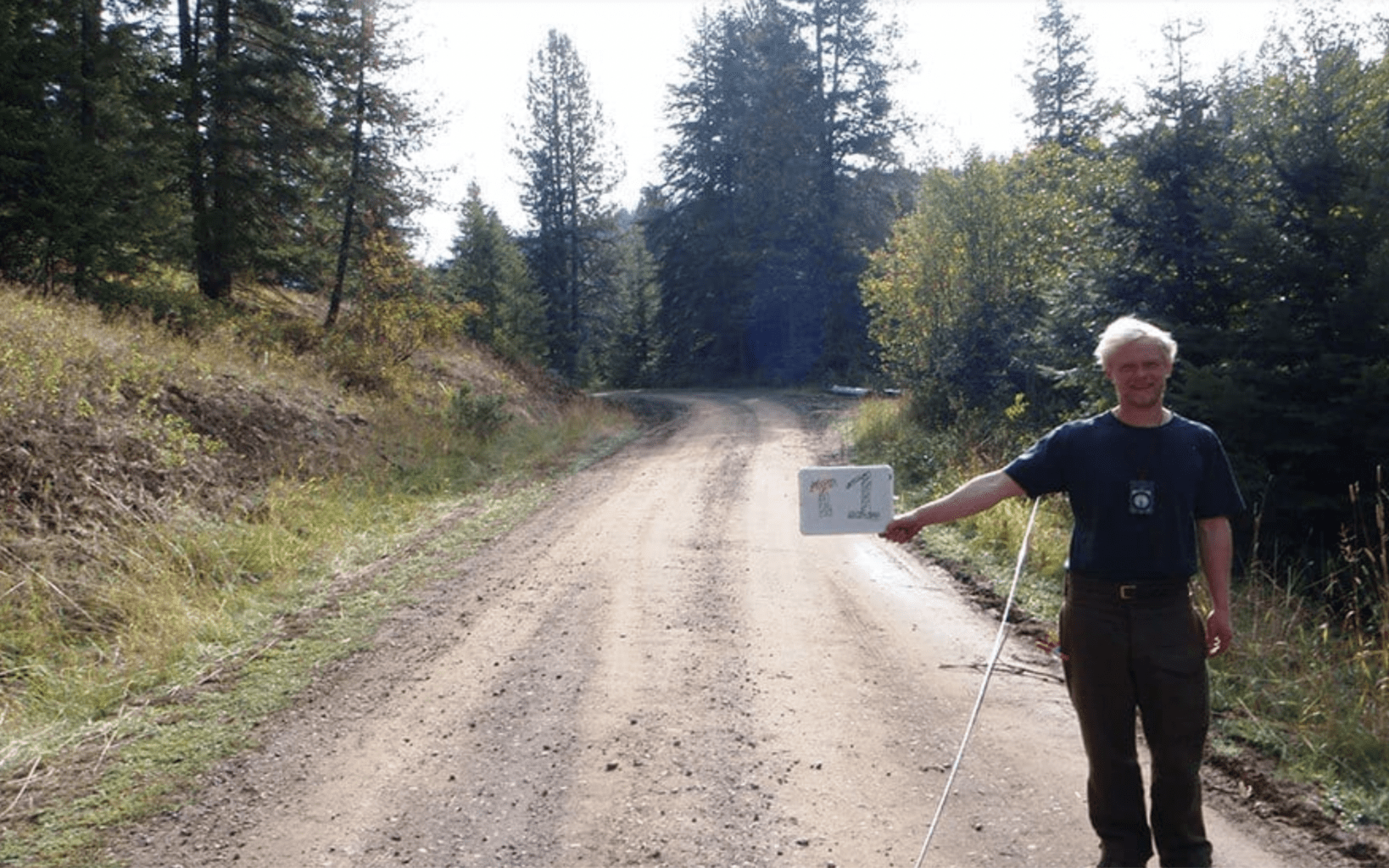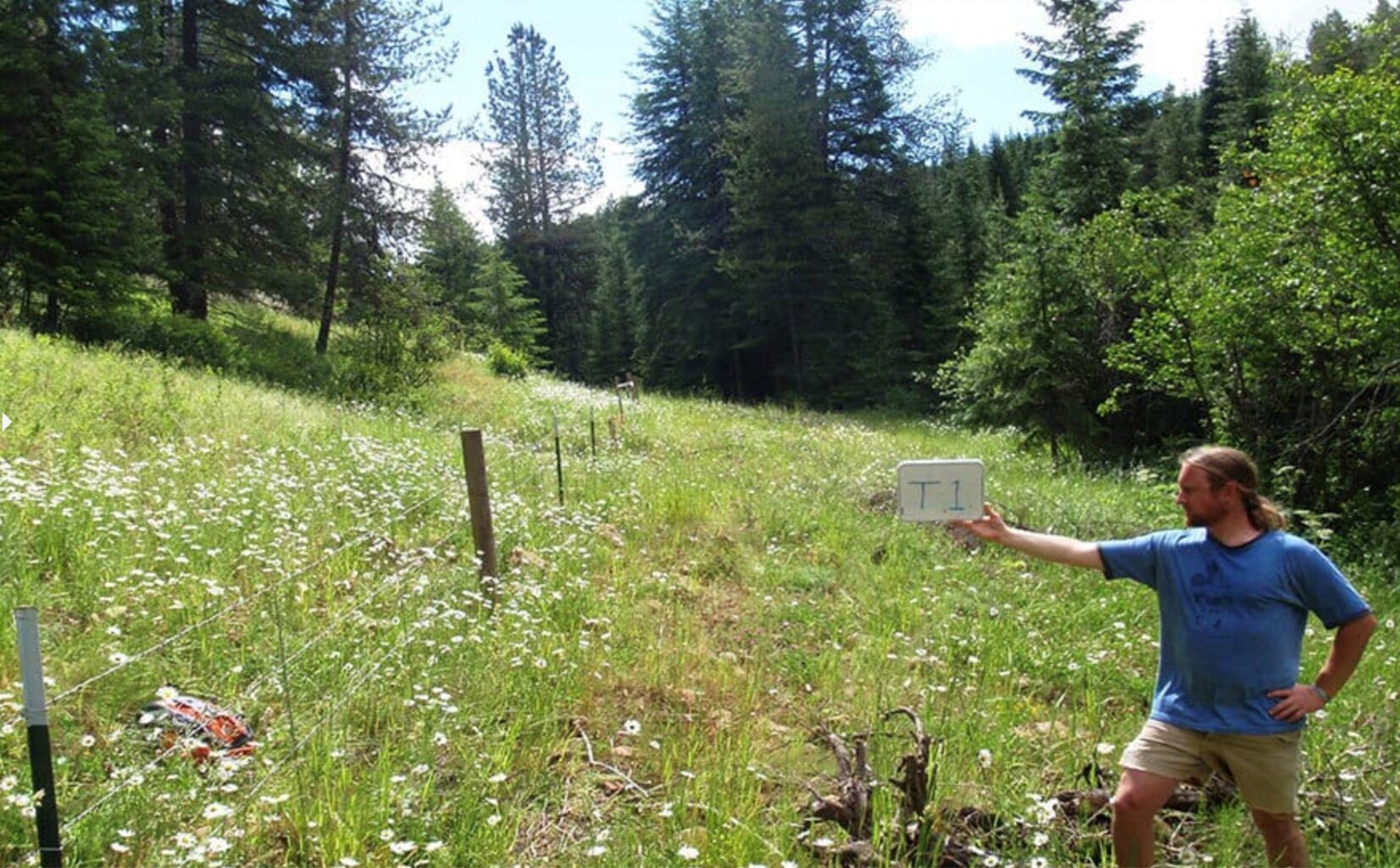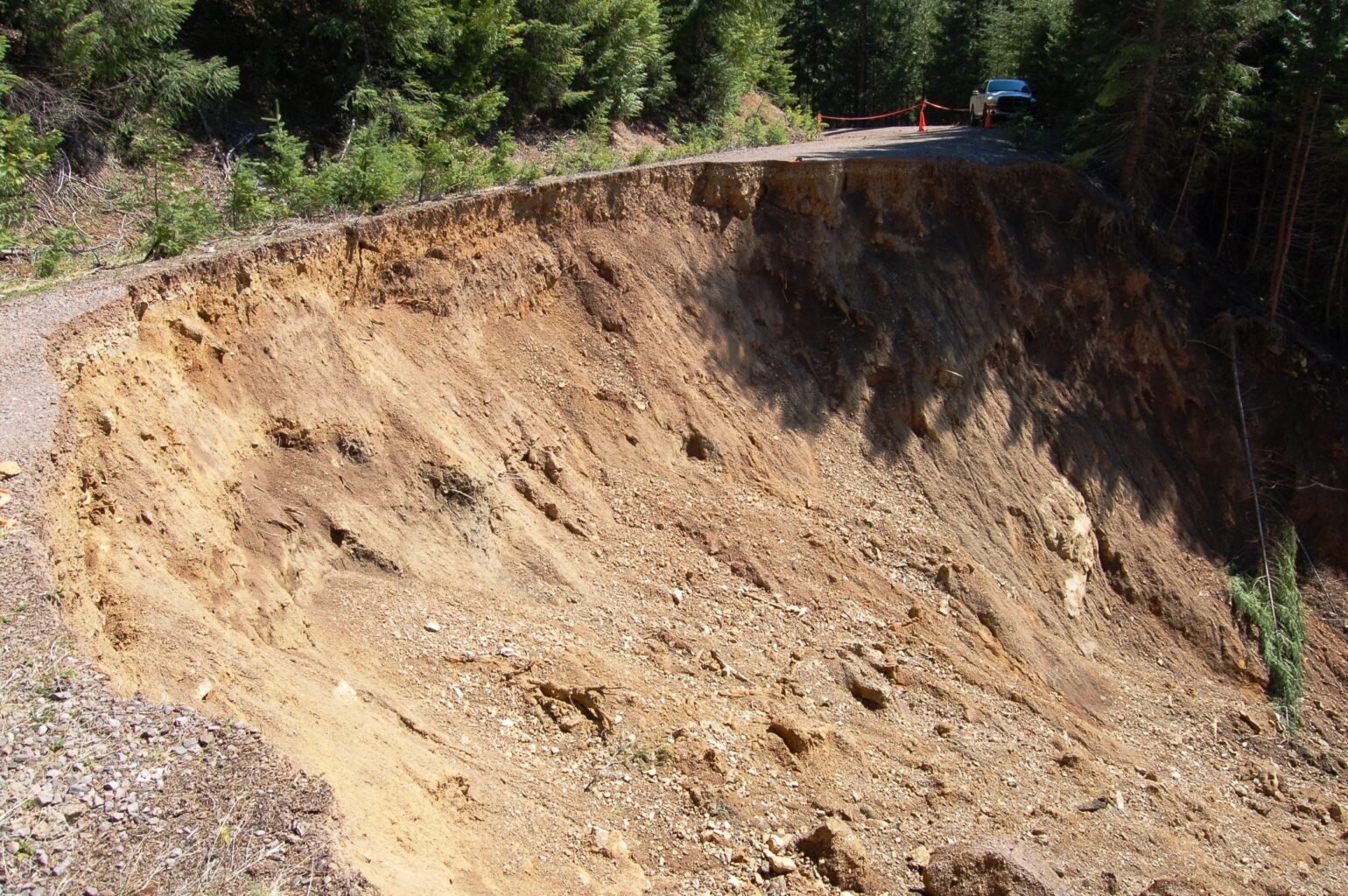If you are a frequent visitor to your national forests, you have probably found yourself driving down a dirt road that forks off to another dirt road, and another, and another. Hopefully, you brought the most up-to-date map so you can navigate the twists and turns and find your way out again. And, maybe as the quality of the road worsens and you question why you are on this road in a low-clearance vehicle, you think to yourself – why is this road here in the first place? The answer is – it probably shouldn’t be.
The U.S. Forest Service manages one of the largest transportation infrastructure systems in the world, a sprawling network of over 372,000 miles of roads, the vast majority of which (82 percent) are either closed to the public or can only be traveled on in high-clearance vehicles. Long enough to encircle the earth fifteen times, much of this oversized road system was built decades ago to facilitate the Forest Service’s past unsustainable levels of logging. Oftentimes, these roads were not well-planned or well-constructed. Roads were placed in floodplains, along steep slopes, and through important wildlife habitat. Sometimes roads were densely stacked – in parallel lines – one atop the next. Once logging was complete, the roads were typically left on the landscape instead of being restored to a natural state.

Clearwater National Forest road before decommissioning. Photo by Friends of the Clearwater.
Decades later, the ecological implications of this vast, aging infrastructure are obvious and severe. Crumbling dirt roads bleed sediment into rivers, creeks, and wetlands, endangering fish and other aquatic organisms. Failing and undersized culverts block threatened Chinook salmon and bull trout from migrating to spawning grounds or reaching cold water refugia. Forested habitat sliced into smaller and smaller pieces by roads harms wildlife like grizzly bear and elk. Making matters worse is that the Forest Service can’t afford to maintain this road network. Simply put, the existing Forest Service road system is unsustainable and the agency must make significantly reducing its footprint a top priority in the years ahead.
Fortunately, there is a federal program that can help the Forest Service reduce the size of its road network and begin to restore forested landscapes and watersheds – the Legacy Roads and Trails Remediation Program (LRT). LRT was originally conceived by the Washington Watershed Restoration Initiative (WWRI), a coalition of conservation and recreation organizations (including Guardians), state agencies, and tribes in Washington state. Driven by the serious road-related water quality problems plaguing Washington’s national forests, WWRI campaigned for a targeted fund to be established to address the forest road system, earning a broad array of support from organizations across the country. Once established in 2008, LRT quickly became a cornerstone of the Forest Service’s restoration program, reducing road impacts on water quality and fish, and better aligning the road system to current management needs and capacity.
Over the first decade of LRT implementation, Congress allocated $470 million to the Forest Service for much needed road decommissioning, stormproofing, and culvert replacement. Between 2008-2017, 18,000 miles of roads were stormproofed and over 7,000 miles of roads were retired, improving habitat, reducing pollution, and saving taxpayer dollars. In addition, over 1,600 miles of stream habitat were restored and over 1,000 culverts were replaced, improving passage for fish and other aquatic organisms.

Clearwater National Forest after decommissioning road. Photo by Friends of the Clearwater
Despite that decade of success, when the Trump administration and Congress took control of the federal budget in 2017, they did not consider LRT a priority and the program was left unfunded for four years. In the meantime, the Forest Service’s road maintenance backlog only continued to grow. In 2021, the Forest Service’s backlog of road maintenance was $3.5 billion. Just one year later, it was $4.4 billion. Just because D.C. was ignoring the problem, it didn’t go away.
The good news is that, after years of campaigning by a national coalition of supportive organizations, including Guardians, LRT was permanently authorized and $250 million in funding for the program was provided through 2026 when President Biden signed the Infrastructure Investment and Jobs Act (IIJA) in November 2021. With that authorization and funding, LRT has the potential to start restoring our national forests anew by once again decommissioning unneeded roads, stormproofing needed roads, and replacing or removing undersized and blocked culverts to allow fish to migrate unimpeded. Importantly, the IIJA also ensured that the public would have a say in how this funding was allocated, by requiring the Forest Service to solicit public input in the ranking and selection of LRT projects on an annual basis.
The bad news is that it appears the Forest Service has so far failed to include the public in the LRT project selection process as the law requires, which may be leading the agency to allow its bias for maintaining roads for future logging to override the need to decommission unneeded roads. For example, out of the 122 LRT projects funded nationally in 2022, less than 10 percent included road decommissioning. In Region 6 (which covers national forests in Oregon and Washington), only three LRT projects were funded in 2022, despite the fact that this region has the most roads in the national forest system. Sadly, none of those projects included road decommissioning.
This is a good reminder for why Congress built specific public input requirements into the law. If groups like Guardians are included in the ranking and selection process, we can help the Forest Service identify numerous opportunities for urgently needed road decommissioning to restore wildlife and aquatic habitat. But Guardians and the public at large have been cut out of the process. That must change.
Unfortunately, it doesn’t appear that the Forest Service is too interested in hearing from the public. Earlier this year, Guardians learned that Region 6 has already made its LRT project selections for 2023 and 2024 and will be making its project selections for 2025 and 2026 this spring. Again, to the best of our knowledge, the Forest Service has not invited public input on how these projects are being ranked and selected for funding.
Because of the Forest Service’s continued disregard for transparency, Guardians filed a Freedom of Information Act (FOIA) request with the agency to obtain records into how the agency is administering the LRT program. In the weeks and months ahead, Guardians will keep you posted on what we learn from the agency’s response and how we can improve the LRT program moving forward. We will also provide examples of successful LRT projects to show what good restoration looks like and where current and future funding can and should be spent.
Over the course of its short history, the LRT program has been wildly successful – it is up to use to make sure that success continues.
